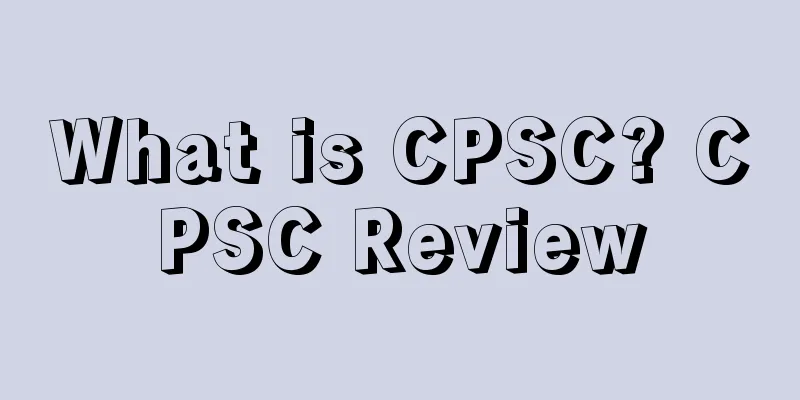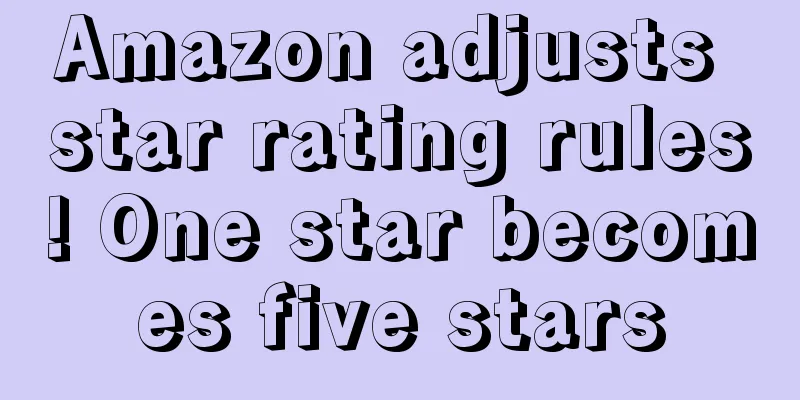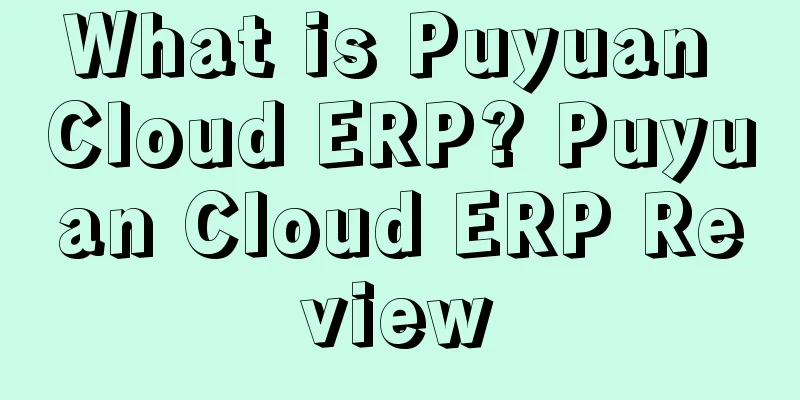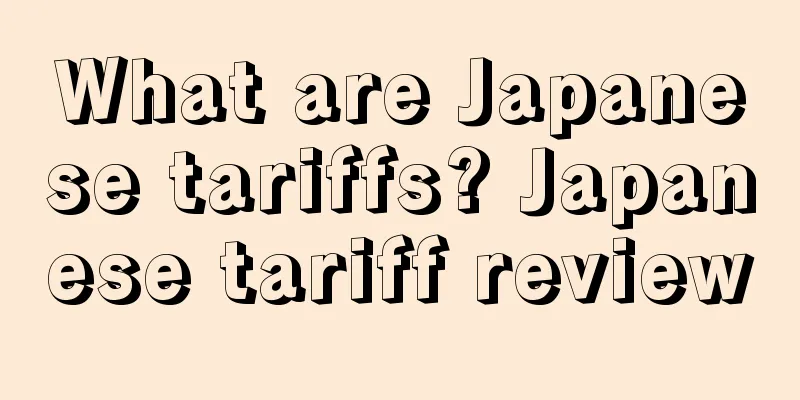What is CPSC? CPSC Review

CPSC is the consumer protection agency of the United States. It is responsible for protecting the public from unreasonable risks of injury or death associated with the use of thousands of consumer products under its jurisdiction . It aims to protect the interests of consumers and maintain personal and family safety by reducing the risk of injury and death from consumer products .Main contents of CPSC1. Establish unified mandatory national standards across the United States. 2. Further regulate lead-containing toys 3. Affix traceability labels to toys. 4. Convert the voluntary standard ASTM F963 into a mandatory standard. 5. Implement mandatory third-party testing for certain children's products n Control of six phthalates in toys JurisdictionCPSC manages more than 1,500 products, mainly household appliances, children's toys, fireworks and other consumer products for home, sports, entertainment and school. However, vehicles, tires, ships, weapons, alcohol, tobacco, food, medicines, cosmetics, pesticides and medical devices are not within its jurisdiction. Scope of applicationCPSC rules are a way to collect product safety data, alert customers to product hazards, and reduce harm. CPSC rules address electrical shock, fire, and other safety hazards. CPSC rules also apply to products that are involved in lawsuits or fail to implement safety guidelines, resulting in injury or death. Manufacturers, importers, distributors, and retailers must make written reports on products that are found to be unsafe, and only products that have obtained safety marks are allowed to enter the market. CPSC Management means: a) Fines b) Television media exposure c) If necessary, recall the defective products d) Through legal procedures recall: 1. Automatic recall, that is, manufacturers, importers, wholesalers or retailers take the initiative to recall products when they find that a recall is necessary. 2. Compulsory recall, that is, the relevant competent authority takes legal action or administrative measures to order a compulsory recall when it finds that the product needs to be recalled. Contents of the billa.CPSA (Consumer Product Safety Act) CPSA is the abbreviation of the Consumer Product Safety Act, which was enacted in 1972 and is the protection regulation of the CPSC. It established the agency, explained its basic powers, and required the CPSC to establish standards that could reduce or eliminate the risk when it found any excessive risk of injury associated with any consumer product. It also allowed the CPSC to issue recalls for defective products (except for those products that are not under the jurisdiction of the CPSC). b.FHSA FHSA (Federal Hazardous Substances Act) is the abbreviation of the Federal Hazardous Substances Act. This act requires that household products with certain hazards should be labeled with warnings to inform consumers of the potential dangers and instruct them on how to protect themselves when these dangers occur. Any toxic, corrosive, flammable, irritating products and products that can generate electricity through decay, heating or other reasons need to be warned on the label. If the product is likely to cause personal injury or disease in normal use and when touched by children, it should also be indicated on the label. c.PPPA (Poison Prevention Packaging Act) PPPA is the abbreviation of the Hazardous Materials Packaging Act. This act came into effect in 1970 and requires some household appliances to have child-resistant packaging to prevent children from getting hurt. This packaging act requires that the design of the product should not only prevent children under the age of 5 from opening the product within a certain period of time, but also facilitate adults to open it normally. Considering that the elderly and disabled may also have difficulties in opening the packaging of such products, the act allows the product to appear on the counter of daily groceries in a non-standard size packaging, which should be affixed with a warning sign indicating that the product cannot be easily reached by children in the home. When prescribed by a doctor or the patient has special requirements, statutory prescription drugs do not need to use child-resistant packaging. d.RSA (Refrigerator Safety Act) RSA is the abbreviation of "Refrigerator Safety Act". This law came into force in 1956. It requires that the mechanical structure of the product (usually magnetic latch) can ensure that the door can be opened from the inside under special circumstances. This special situation may occur when children play or climb into the refrigerator that has been abandoned or not stored carefully. In fact, many such refrigerators are still in use, and once they are left in a place where children can easily reach them, they will become very dangerous. e.CPSIA/HR4040 On August 14, 2008, President Bush signed the Consumer Product Safety Improvement Act (CPSIA/HR4040) into law. This act is the most stringent consumer protection act since the establishment of the Consumer Product Safety Commission (CPSC) in 1972. In addition to stricter requirements on the lead content in children's products, the new act also sets new regulations on the content of harmful substances such as phthalates in toys and child care products. In addition, the act also requires the establishment of a public database on consumer product safety and requires that certain children's products must have a test report issued by an independent third-party laboratory approved by the Commission before being imported into the United States. CPSIA affects all industries related to the production, importation, and distribution of toys, clothing, and other children's products and care products in the United States. All manufacturers should ensure that their products comply with all regulations, bans, standards, or rules of the Act. Among the phthalates, except for DINP, DIDP, and DNOP, which are temporarily banned until the CHAP research report is released to decide whether to lift the ban or list them as permanently banned, DEHP, DBP, and BBP have been permanently banned. Testing and CertificationCPSC is responsible for certifying various products sold on the market, which is also called CPSC certification. CPSC currently manages 15,000 different products in its catalog. CPSC rules are used to collect product safety data, remind customers of product dangers, and reduce hazards. CPSC rules are used to deal with electronic vibrations, fires, and other safety hazards. CPSC rules also apply to products that are involved in lawsuits and fail to implement safety guidelines, causing injury or death. Manufacturers, importers, distributors, and retailers must make written reports on unsafe products that are detected, and only products that have obtained safety marks are allowed to enter the market. Request security certificateImporters and manufacturers are required to provide certificates of compliance to distributors and retailers under the CPSIA. These certificates indicate that the product has been properly tested and meets the requirements of the CPSIA. Without these certificates, it is likely that shipments of product will be rejected when they reach stores, so there are some built-in compliance checks in the new act. Certification ExamplesTaking children's toys as an example, the inspection items include: flame retardancy, disassembly, etc., to assess the existing or potential dangers and hazards of children's toys to prevent children from being injured. This inspection is not to embarrass the company, but to be responsible to consumers; it does not inspect the production quality of the company, but to inspect the safety of the product during use. The standards and regulations set by CPSC are very detailed. For example, the safe use of refrigerators takes into account whether children can be safely pulled out if they climb into them; the safe use of lighters takes into account whether children under 5 years old can be lit and whether they can burn children. Safety issues such as motor vehicles and products for the disabled are not within its management scope and are handled by other specialized agencies. References
|
<<: What is the Amazon Effect? Amazon Effect Review
>>: What is Amazon Vouchers? Amazon Vouchers Review
Recommend
How to find a niche market and maximize profits in 2019? 3 steps are enough!
Niche marketing focuses on an audience interested...
TOP reviewers have a high conversion rate and high weight.
I have selected some of the better reviews this we...
Must-read | Starting January 1, Amazon sellers will face these changes...
Sellers engaged in cross-border e-commerce know th...
What is FORZIERI? FORZIERI Review
FORZIERI is an Italian one-stop luxury accessories...
What is Azov Intellectual Property? Azov Intellectual Property Review
Azov (Xiamen) Enterprise Management Consulting Co....
Check yourself! Another batch of commonly used words have been registered as trademarks
According to statistics There are many common word...
A magical start to 2021? Conflict breaks out in the US Congress, and many countries re-enact a state of emergency!
It's already the year 1202, why are there stil...
What is HomeShop18? HomeShop18 Review
HomeShop18 is an Indian online retailer. The compa...
Many top-selling products have gone bankrupt! It turns out that the fake order company leaked the secret?
Today, the sellers in our communication group cam...
What is White Whale? White Whale Review
Baijing Overseas is a comprehensive service platfo...
What is Amazon Crown Software? Amazon Crown Software Review
Amazon Crown Software is a software developed and ...
There are so many AI mapping tools on the market, which one is more suitable for Amazon cross-border sellers?
Anonymous user My C position Dear friends, please ...
Biden slams "sky-high" shipping costs! This important bill will be introduced to intervene
It is learned that according to foreign media repo...
Amazon strikes hard! Multiple service providers arrested
Let’s start today’s main text. ◆ ◆ ◆ ◆ In May of ...
What is Tracker M? Tracker M Review
Tracker M is one of the operating tools promoted b...









